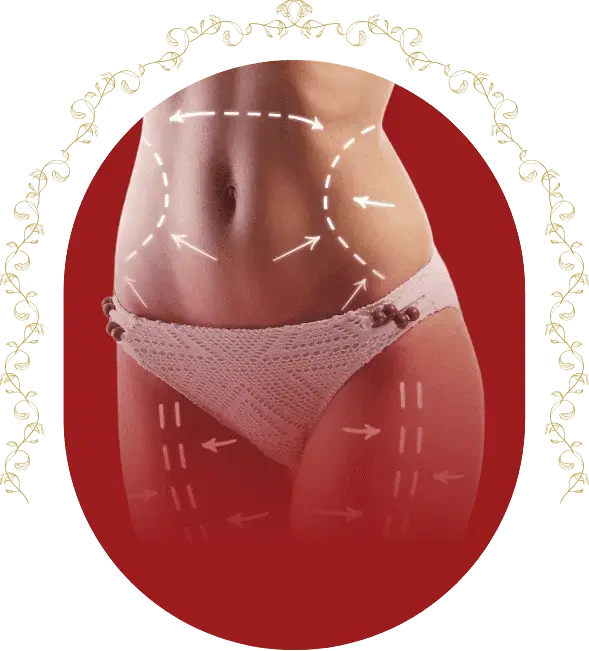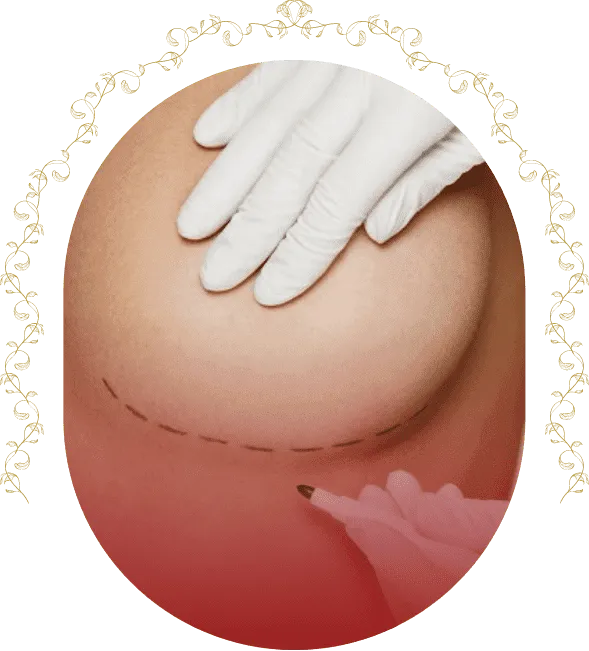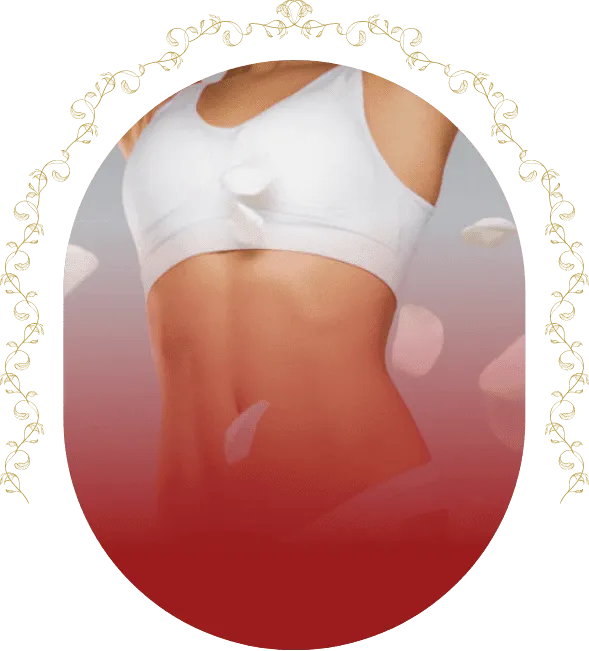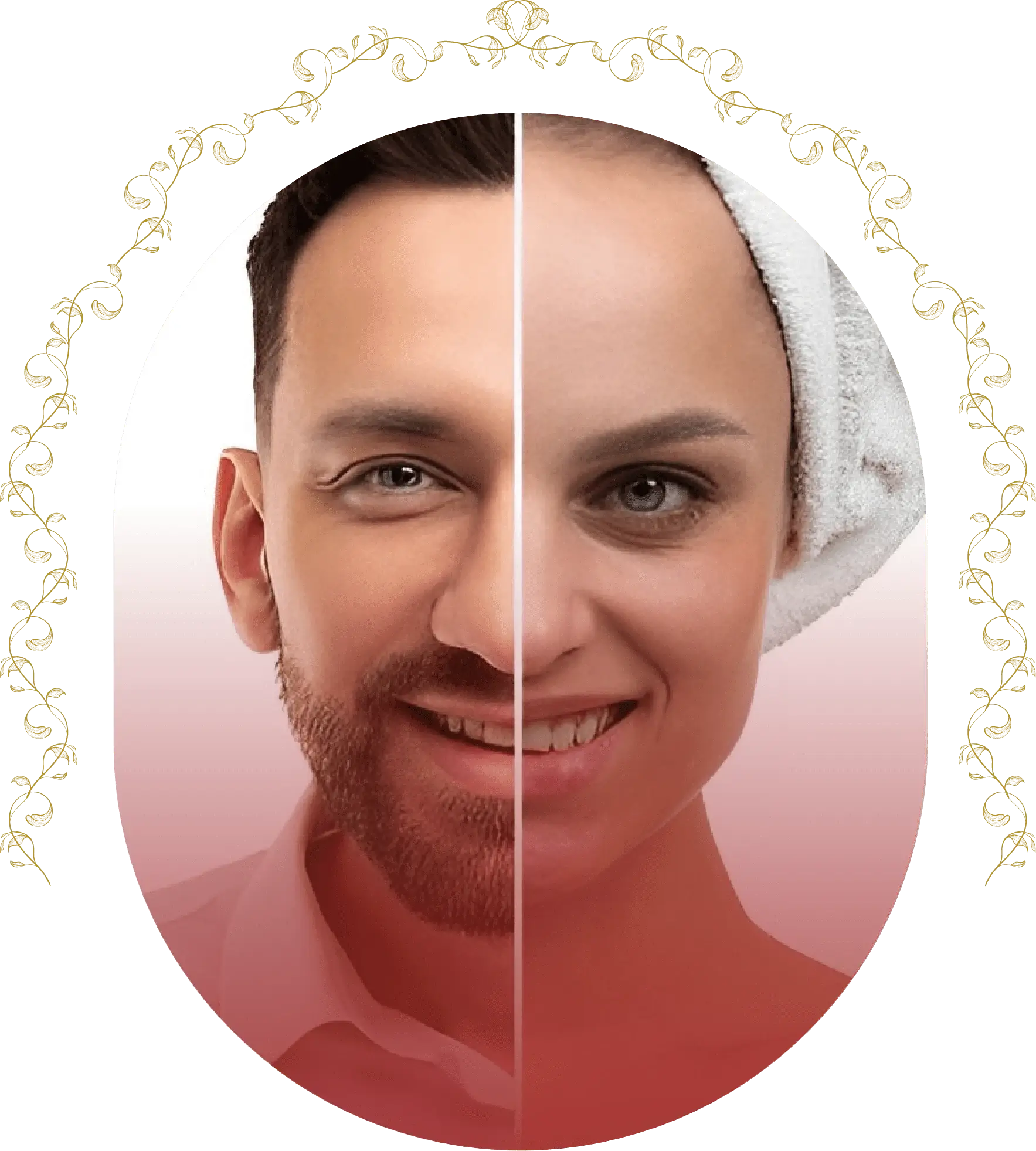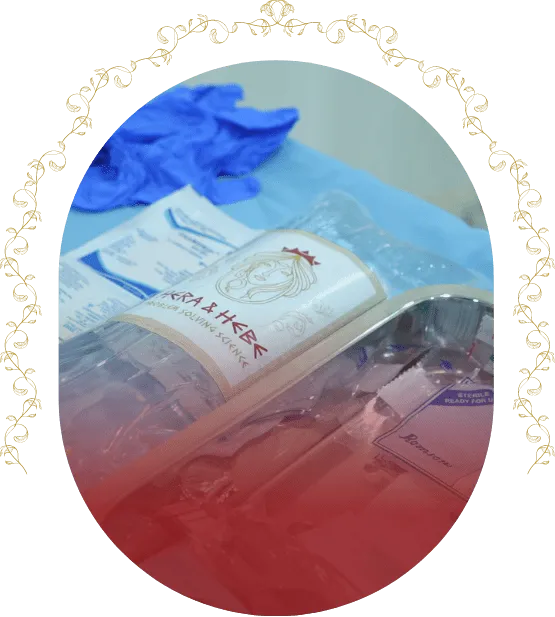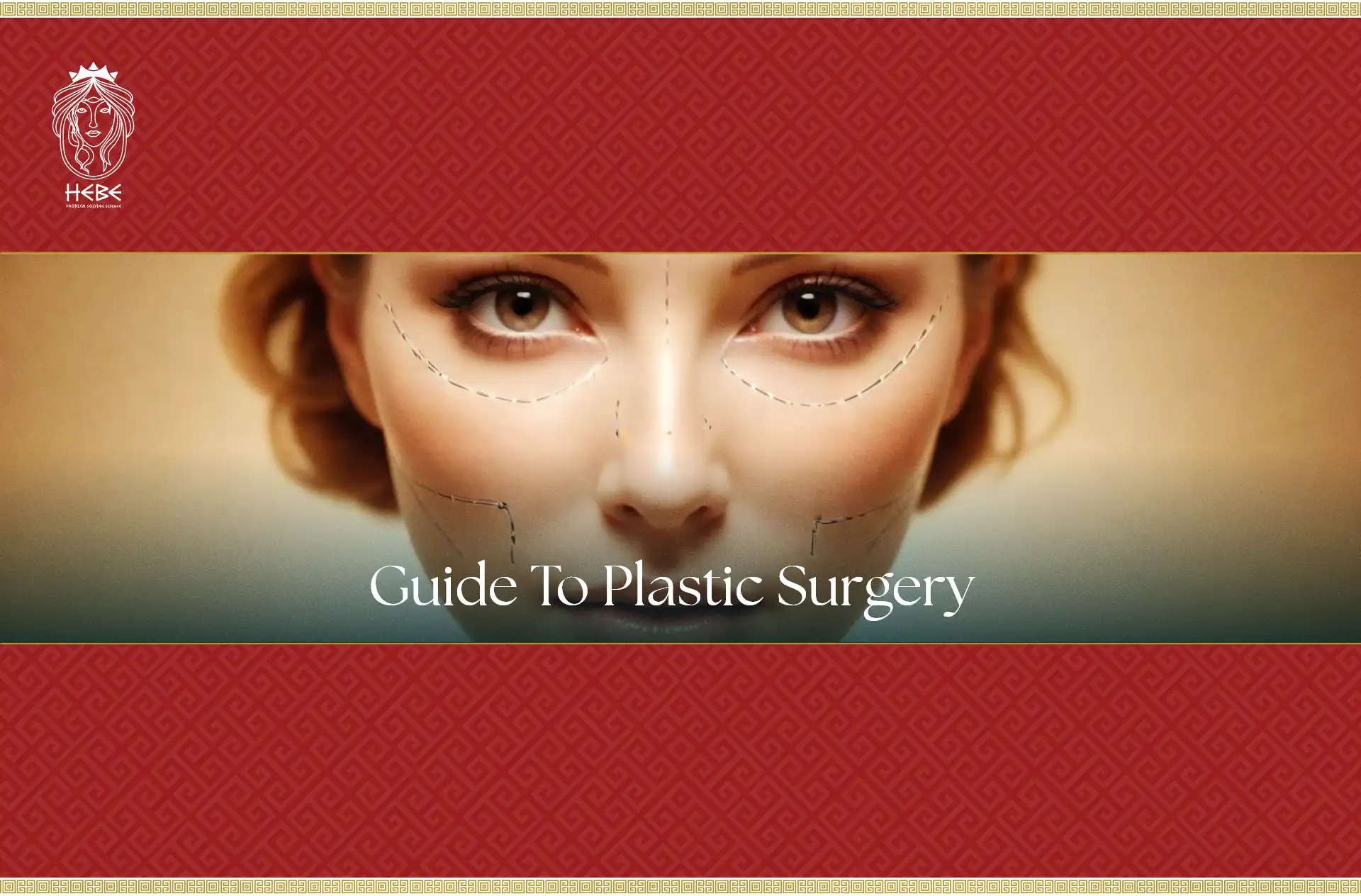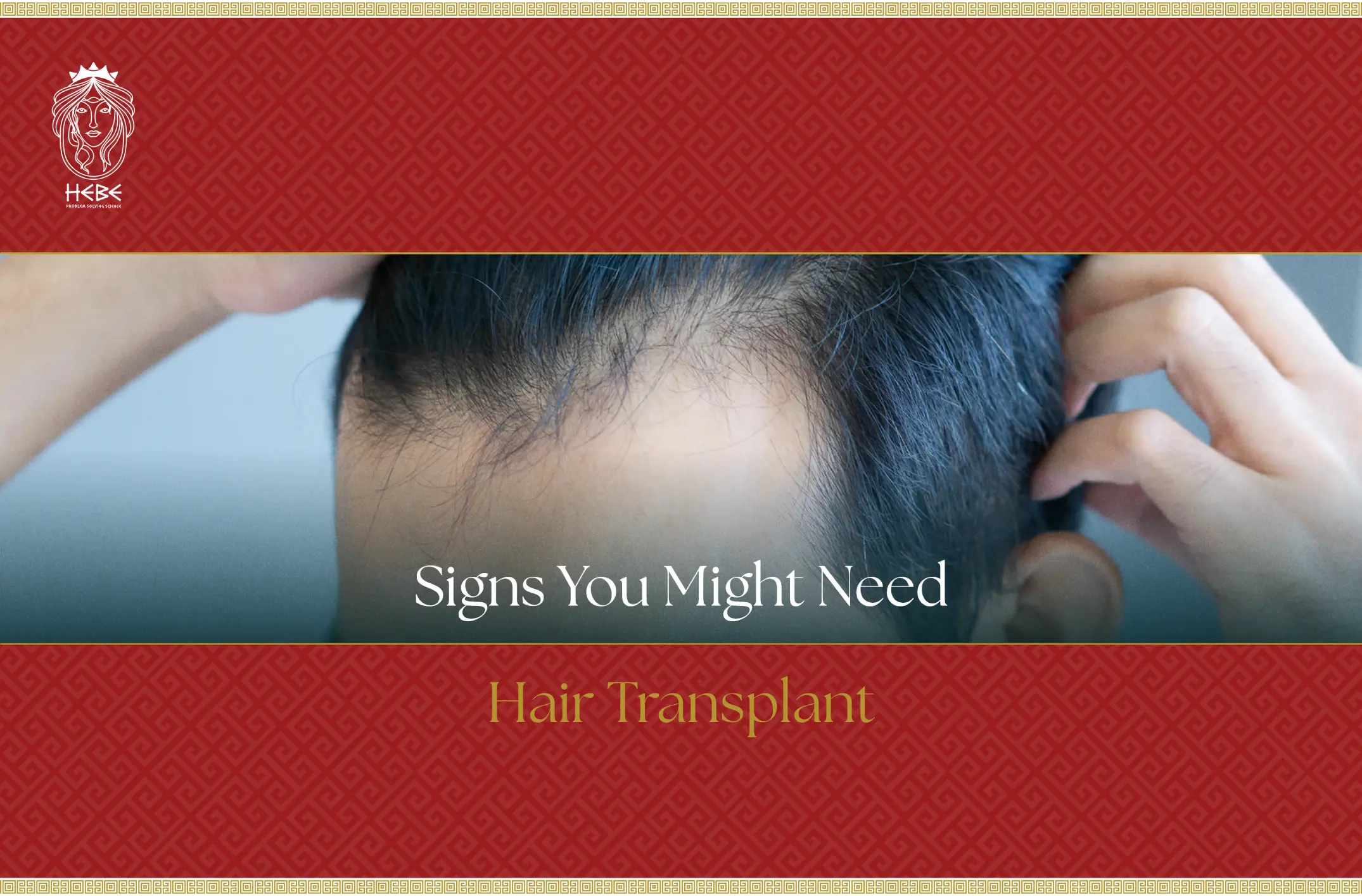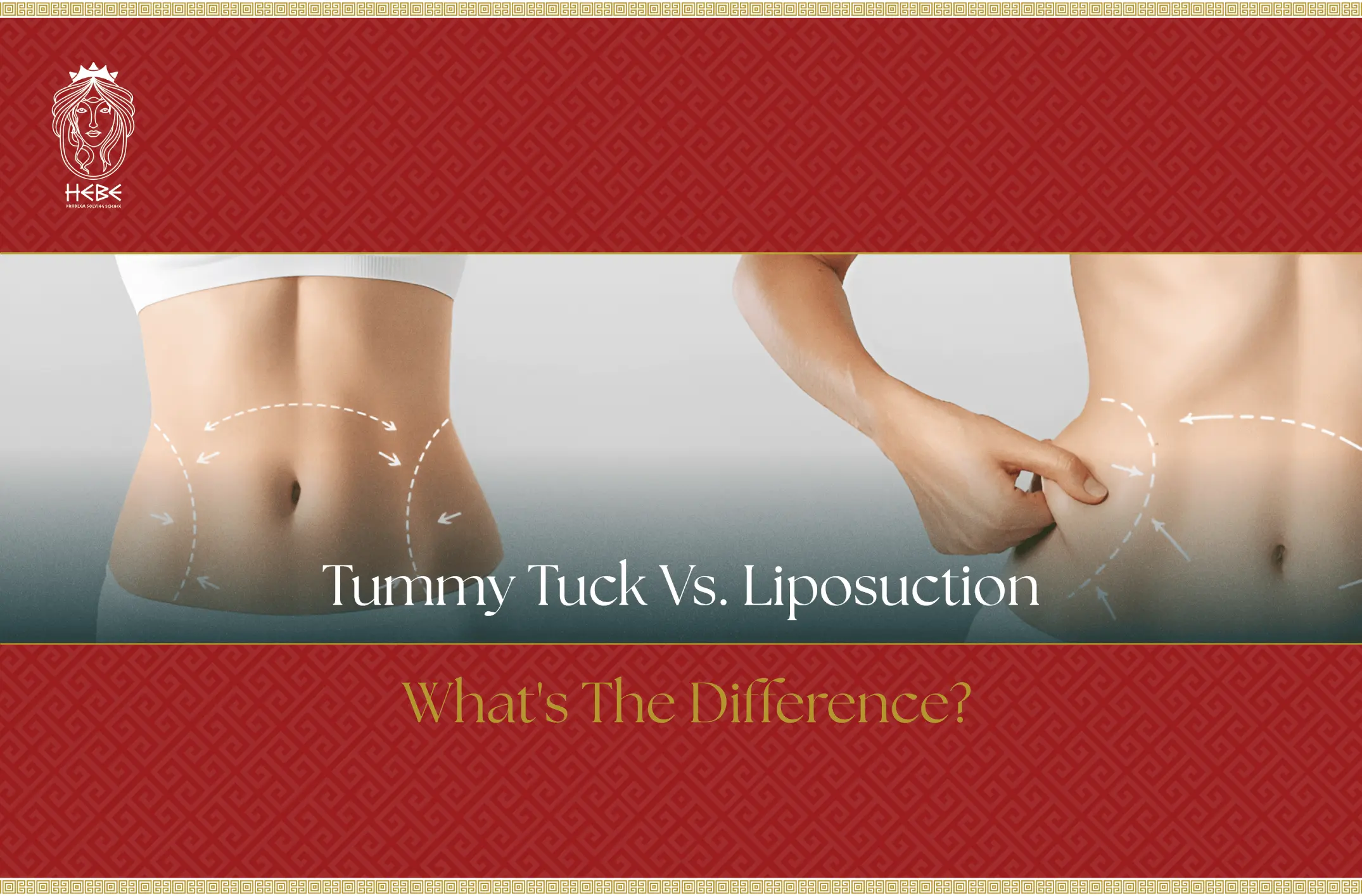Among the most misunderstood terms in the last three or four decades in the field of medicine, you’ll not be surprised to find plastic surgery. While pretty polarising in its existence among the society as well as the medical fraternity,
Whatever the case may be, one thing can’t be ruled out: the fact that over time, plastic surgery has found its fair share of takers. Celebrities seem to have taken a liking to this procedure, which brings more inquisitiveness to what is the fuss all about.
We try to answer some of those questions for you.
What is Plastic Surgery: An Overview
With its origin from the Greek word plastikos, meaning to give some kind of form, the word plastic has become a misunderstood term for something that’s artificial, in the context of plastic surgery.
Plastic surgery is a field of medicine that deals with the restoration or enhancement of the visual appeal of a face or body. The scope of plastic surgery is not limited to just enhancing the appearance, but also caters to addressing the physical deformities with which an individual might unfortunately be born with. The areas could include hands, skin, breast, cranofacia areas, and more.
Plastic surgery has two main types in which it can be categorized:
- Reconstructive plastic surgery
- Cosmetic surgery
Let’s explore each of these types in a little detail.
1. Reconstructive Plastic Surgery
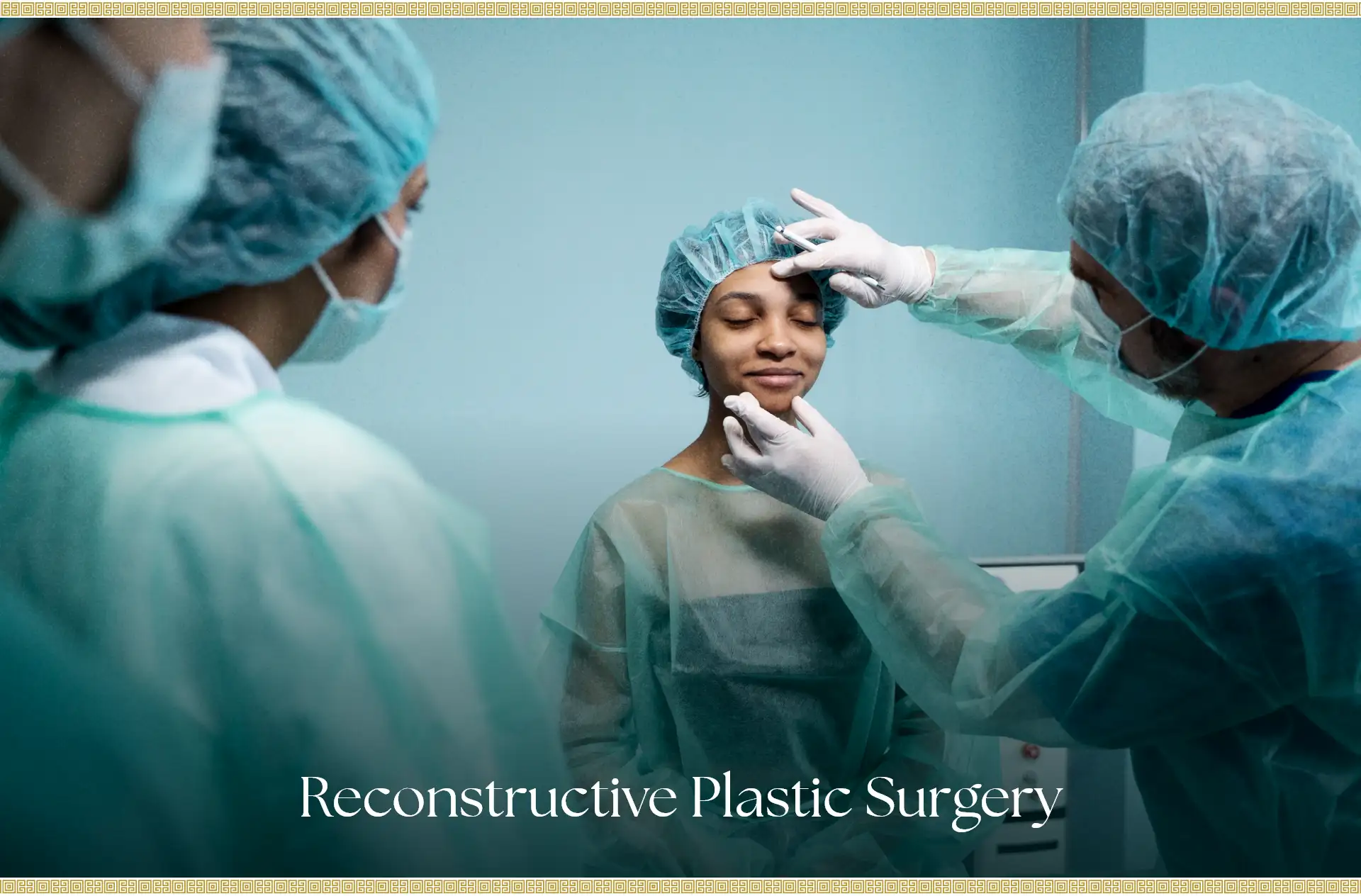
This type of plastic surgery is performed to take care of the physical abnormalities that are caused due to reasons such as birth defects, stress or trauma, or related related conditions.
The motive behind reconstructive plastic surgery is to improve the quality of life of patients by taking care of their functional difficulties and bringing the affected body part or region back to its normal state. As far as reconstructive plastic surgery procedures go, the common ones include skin grafts in situations of burns, or breast reconstruction.
2. Cosmetic Surgery
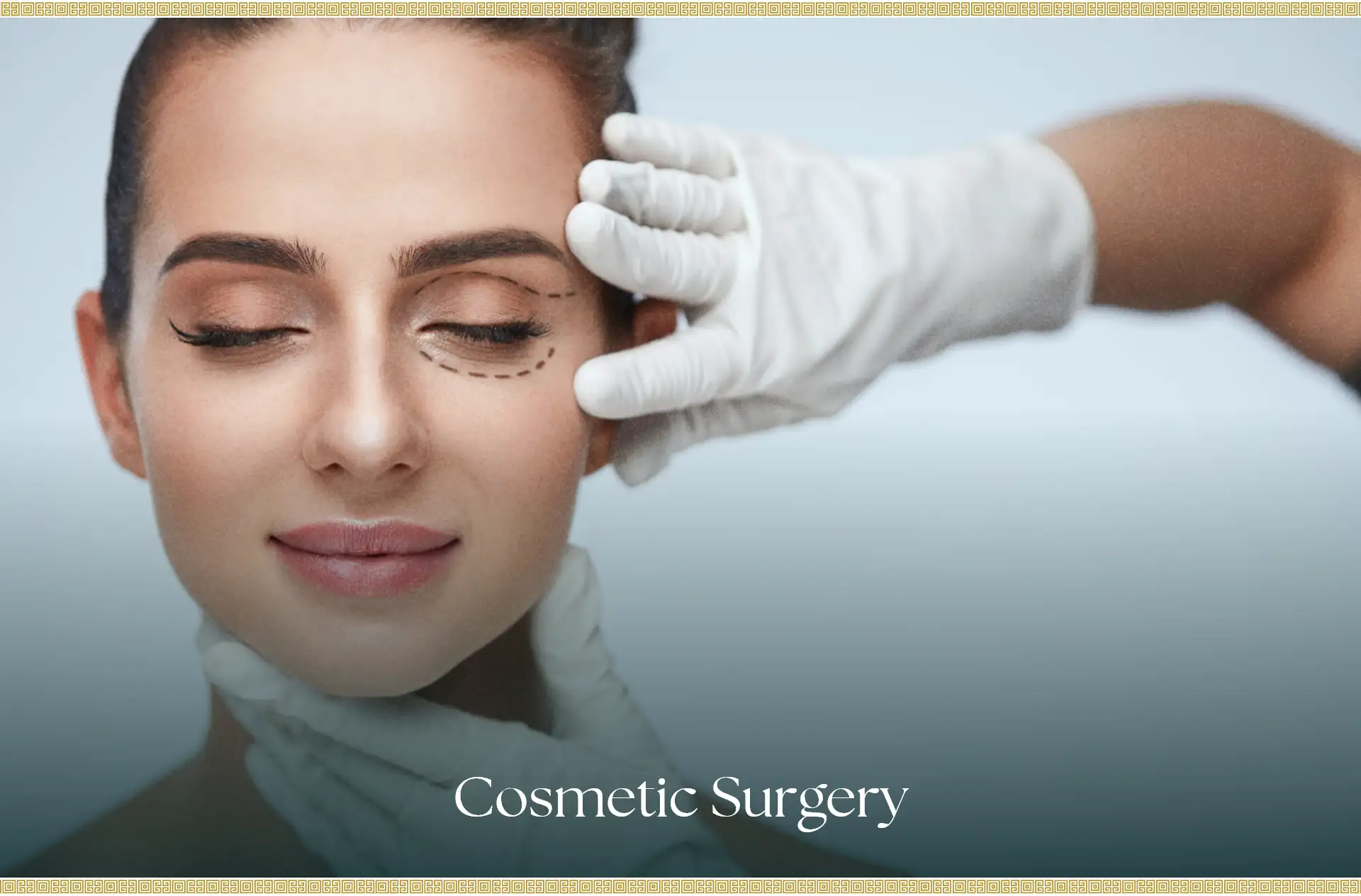
Cosmetic surgery is the other type of surgical procedure that involves the modification and refinement of the physical attributes of an individual to boost their physical appearance. Procedures under cosmetic surgery deal with the resolution of signs such as ageing as well as any unwanted fat on the body.
Liposuction, breast augmentation, eyelift, facelift, tummy tuck (abdominoplasty), and nose job (rhinoplasty) are the surgical procedures that fall under this category.
Guide to Cosmetic Surgery: Their Types
There is an expansive range of cosmetic surgery procedures that are specifically designed to alter the physical appearance/appeal of an individual.
Have a look.
Breast Lift
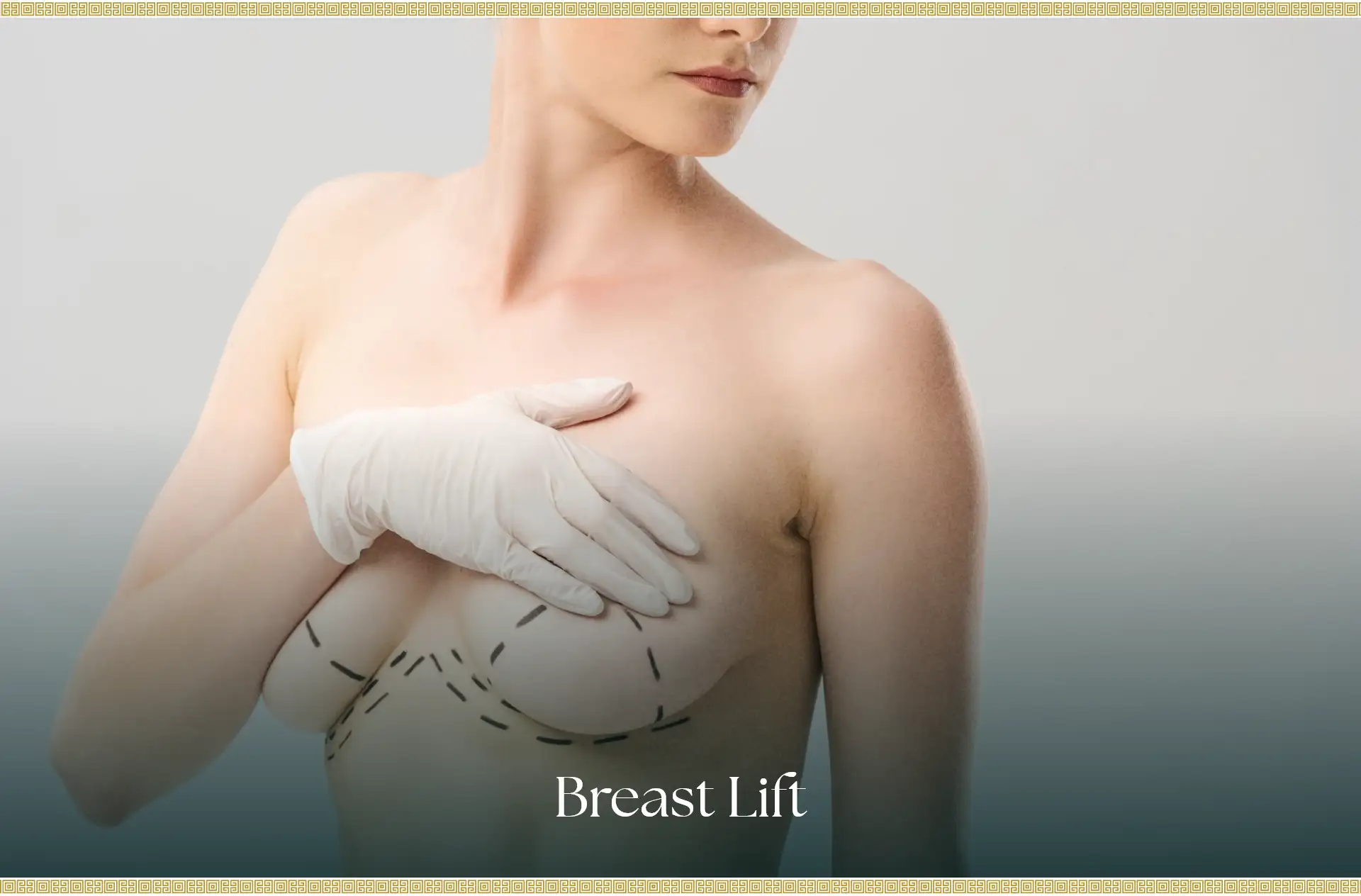
In a breast lift procedure, the sagging breasts of an individual are lifted and then reshaped to give them an elevated position and a much youthful overall contour. This process is successfully done by eliminating all excess skin and then providing a new position to the nipple. This surgery does not have to do anything with the breast’s size.
Liposuction
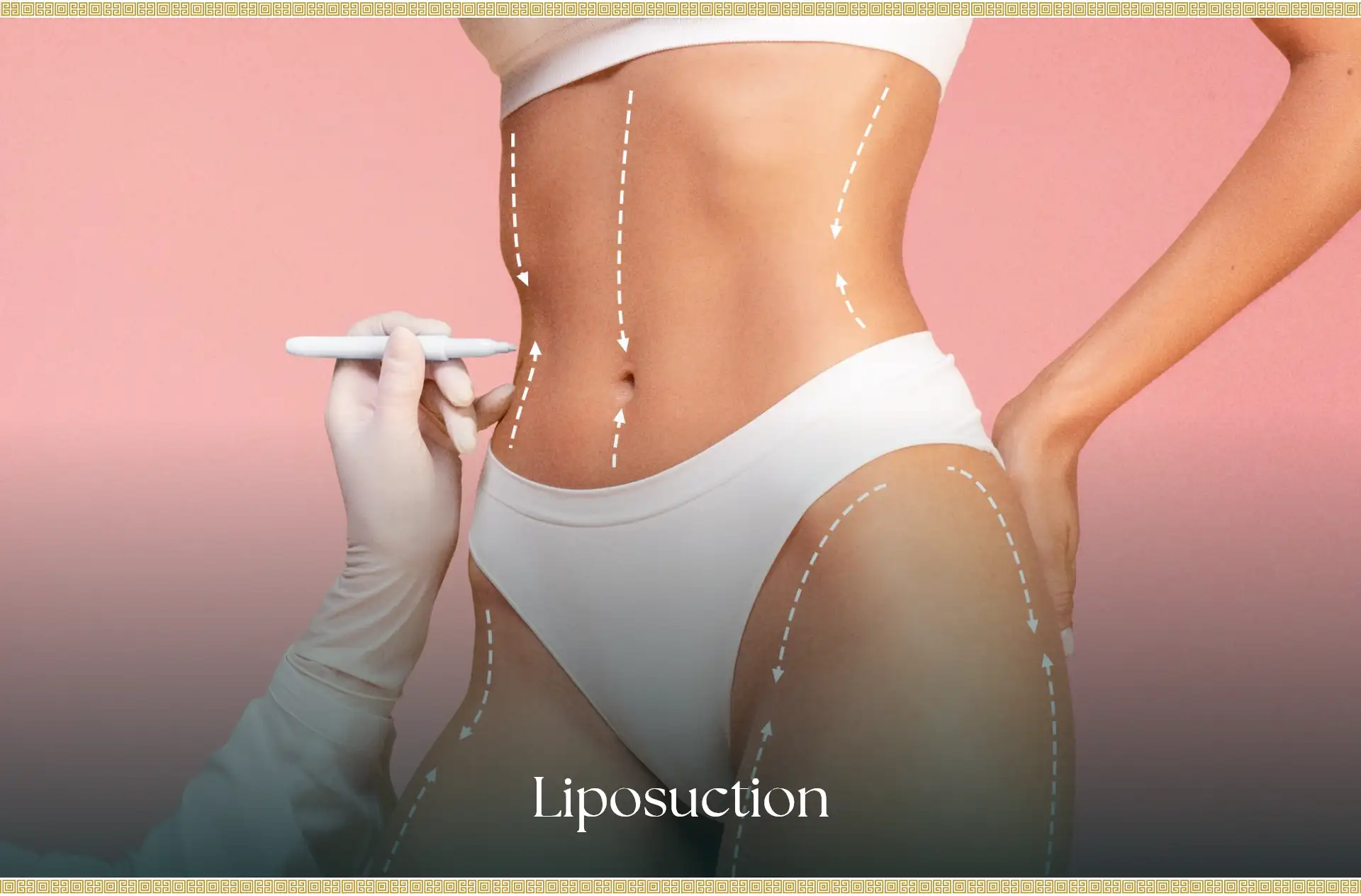
It is a surgical process where all the stubborn, excess fat is removed from targeted areas, such as the hips, thighs, buttocks, arms, and abdomen for a better overall physique.
Breast Augmentation

This procedure is also referred to as mammoplasty, and involves the planting of implants taken from the patient’s own tissues to increase the breast size, improve the symmetry, volume, and overall visual appearance.
Rhinoplasty
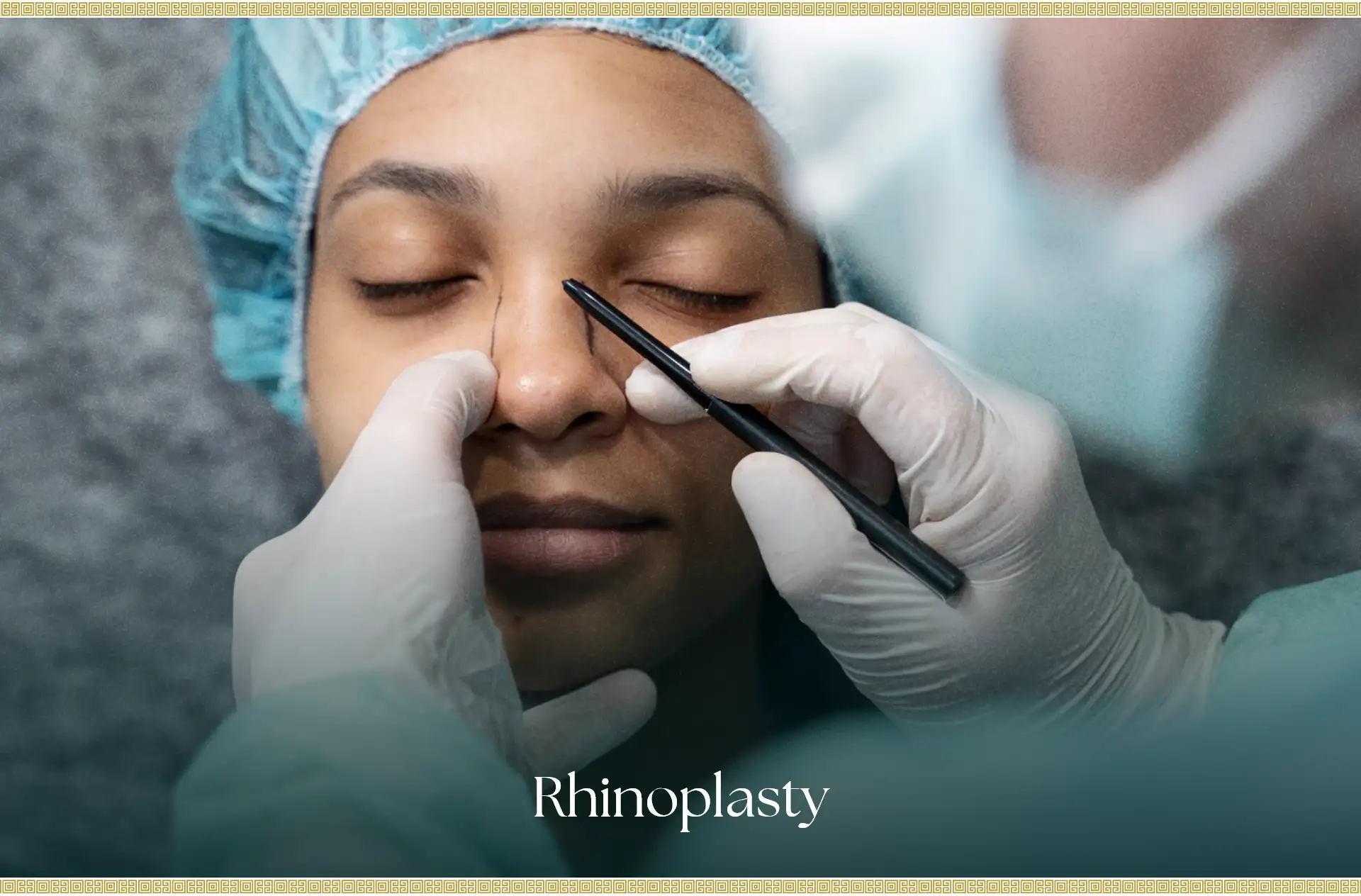
Known as the nose job, rhinoplasty enhances the size, shape, as well as the symmetry of the nose while also taking care of the issues in the nasal structure that hamper proper breathing.
Abdominoplasty
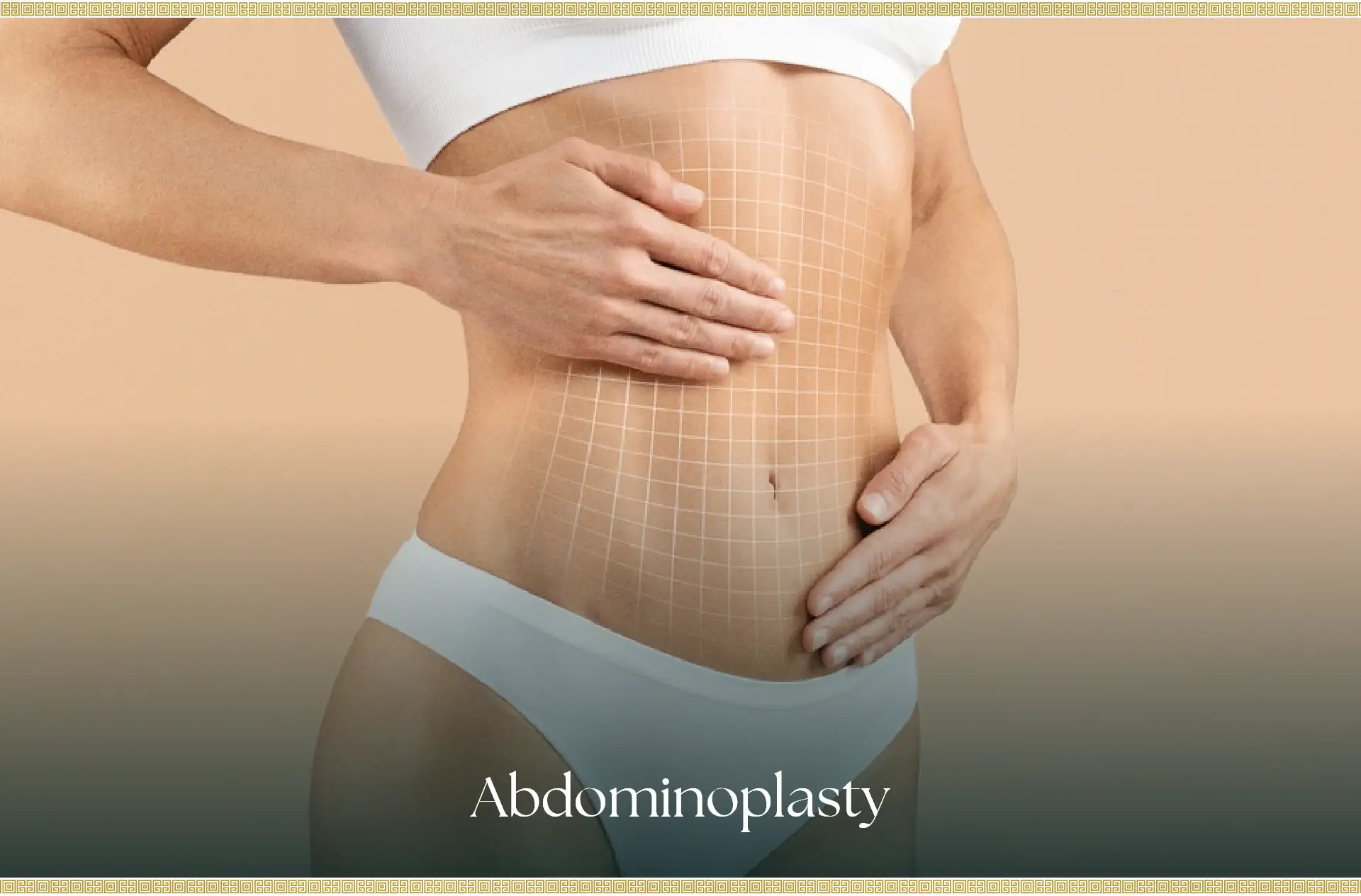
This process is also known as tummy tuck, and is responsible to eliminate excess fat and skin from the abdomen. The procedure can also very smartly tighten the underlying muscles too, leading to the creation of a fitter and firmer abdomen region.
Eye Bag Removal
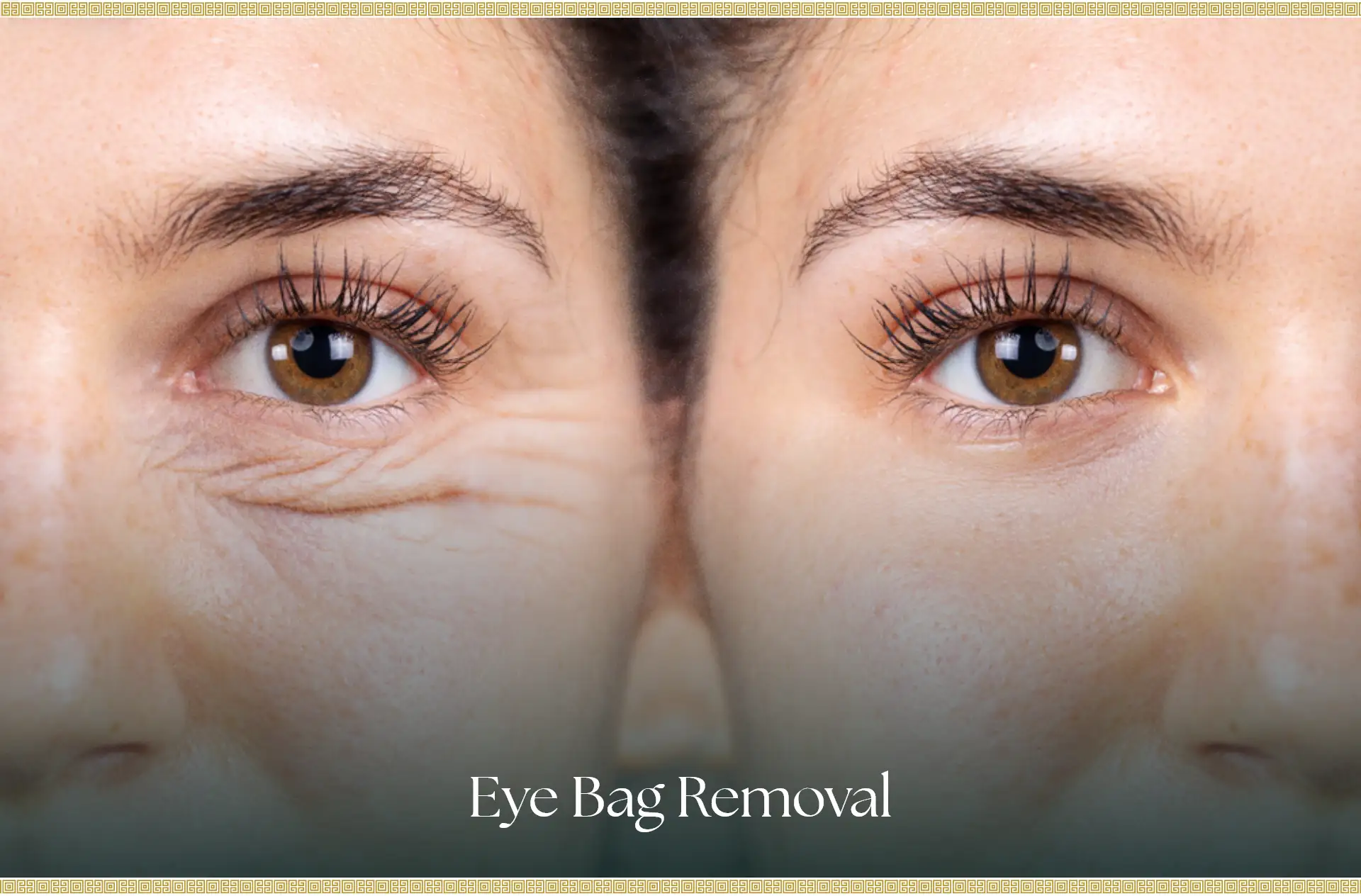
Blepharoplasty, or eye bag removal removes puffiness from the under-eye region, ensuring a smoother and refreshed pair of the under eyes.
How Do I Get Started with Plastic Surgery?
If you’re looking to get a plastic surgery procedure done, there are a few attributes that you should have to get yourself considered as the right candidate for the same:
Good Health: You should have a good health from a complete perspective, and not come with some underlying medical conditions that could prove to be any kind of hindrance during the surgery or even during the recovery procedure.
Proper Recovery Time: Any kind of plastic surgery comes with a certain amount of time for recovery, when you’ll have to keep yourself away from any tiring physical activities. You should be willing to give the right amount of time to your recovery and follow the surgeons instructions post surgery.
Have the Right Expectations: While it might be a plastic surgery you might have prepared yourself for, you need to understand that despite all the advancements, there could be certain limitations when it comes to the final outcome. It’s advisable to have a healthy discussion with your surgeon before the actual surgery so that your expected results as well as possible results are as much aligned as possible.
Consider the Finances: You should be aware that because they are elective procedures, surgeries are not covered by any kind of insurance unless categorized as necessary from the medicinal perspective. That’s why you need to be prepared with the right kind of funds for the surgery as well as other additional expenses that might be a part of the complete surgical process.
Choose the Right Plastic Surgeon for Yourself
For the right plastic surgery procedure, it’s important to choose the right plastic surgeon as well. Here are a few pointers that can help you land the right one:
- MOH credentials, and that the surgeon has gone through exhaustive training to come up with the right kind of experience.
- Go through online reviews about the surgeon from different patients to understand about the surgeon’s demeanour, personality, as well as the overall patient satisfaction they succeeded in delivering previously.
- Your surgeon should be a complete communicator, be a good listener, able to convey their suggestions well, is honest, and very detail-oriented. These should be the attributes you need to be looking at.
The Most Rewarding Surgery with Hera Hebe
At Hera Hebe, you can be assured of a surgery experience that’s not just rewarding but also goes a long way in boosting your overall self-confidence. With immensely trained and experienced surgeons, you will surely be in to get rid of all those physical features that seemed to lower your confidence, only to find them rejuvenated like never before.
Book your first consultation with Hera Hebe today.



